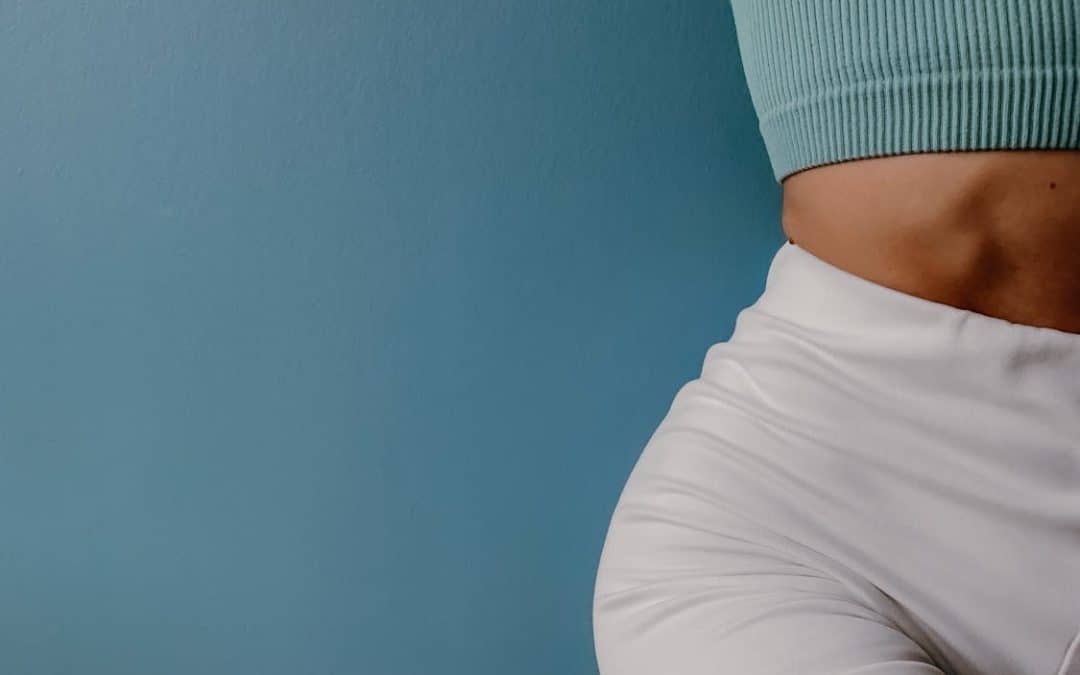When it comes to body contouring, finding the right procedure can feel like navigating a maze. With numerous options available, it’s vital to understand what each method entails and how it aligns with your personal goals.
Here’s a breakdown of various body contouring procedures and tips on selecting the one that suits you best.
Understanding Body Contouring
Body contouring refers to a variety of medical procedures aimed at reshaping and enhancing the body’s appearance. These can range from surgical options like liposuction to non-invasive treatments such as CoolSculpting.
The primary goal is to target specific areas of fat or skin laxity, creating a more toned silhouette.
Not everyone may need the same approach. Factors such as body type, desired outcomes, and recovery time greatly influence the choice of procedure. Therefore, a personalized assessment is key.
Surgical vs. Non-Surgical Options
While both surgical and non-surgical options can lead to impressive results, they differ significantly in their approach and recovery time.
Surgical Procedures
Popular surgical options include liposuction and tummy tucks. These methods typically involve anesthesia and carry a longer recovery time.
For instance, liposuction removes stubborn fat deposits, while a tummy tuck tightens abdominal muscles and removes excess skin. Surgical procedures often result in more dramatic transformations but come with inherent risks and a more extended healing process.
Non-Surgical Procedures
On the flip side, non-surgical options, like CoolSculpting and ultrasound treatments, are more convenient. These procedures usually don’t require anesthesia and allow for a quicker return to daily activities.
They work by freezing or heating fat cells, which the body then naturally eliminates over time. Non-surgical treatments might not yield the same level of results as surgical methods but can be ideal for those seeking subtle improvements.
Evaluating Your Goals
Before diving into procedures, it’s crucial to reflect on your body goals. Are you trying to eliminate stubborn fat? Or perhaps you want to tighten loose skin? Knowing your objectives makes it easier to narrow down the choices.
For instance, if fat reduction is your primary focus, liposuction might be your best bet. However, if you’re dealing with loose skin after weight loss, a tummy tuck might be more suitable.
Identifying your aspirations helps shape the discussion with your healthcare provider. Many specialists recommend exploring effective body contouring procedures to achieve results that align closely with your unique body goals.
Assessing Your Health
Your health status plays a pivotal role in determining the right procedure. Certain medical conditions can limit your options or increase risks associated with surgery.
Medical History
Discuss any existing health issues, previous surgeries, and medications with your doctor. If you have conditions like diabetes or heart issues, non-invasive methods may be the preferred route.
This conversation is vital in ensuring that whatever procedure you choose is safe for your body.
Consultation with a Specialist
A consultation with a board-certified plastic surgeon or dermatologist can provide clarity. They can assess your body, discuss your goals, and recommend the best options for you.
Trustworthy specialists will be upfront about the risks and expected outcomes.
Recovery Time and Lifestyle
The recovery time associated with procedures should influence your choice. Surgical options tend to require more downtime. Depending on the procedure, you might need to take weeks off from work or avoid strenuous activities.
Busy Lifestyles
If you lead a hectic lifestyle, non-surgical options might be more appealing. Many non-invasive procedures can be done during a lunch break, allowing you to return to your daily routine with minimal disruption.
Post-Procedure Care
Also, consider how much aftercare you’re willing to commit to. Surgical procedures often require follow-up visits and more intensive aftercare, while non-surgical methods may involve less maintenance.
Budget Considerations
Cost is another significant factor when contemplating body contouring procedures. Surgical options typically come with a higher price tag, encompassing anesthesia, operating room fees, and recovery care.
Financial Planning
Non-surgical treatments are generally more budget-friendly, but multiple sessions might be required for optimal results.
Make sure to ask about payment plans or financing options, which might be available through your provider. Having a clear budget can help narrow down your choices.
Body Type and Genetic Factors
Your body type and genetic predisposition play a role in how fat is distributed and how your body responds to various treatments. Some individuals may find that certain areas of their body are more resistant to diet and exercise.
Custom Solutions

Understanding your unique body characteristics can aid in selecting the right treatment. For example, people with a pear-shaped body might benefit more from specific procedures than those with an apple-shaped silhouette.
Combining Procedures
Sometimes, one procedure isn’t enough to achieve the desired effect. Many individuals opt for a combination of treatments to maximize results.
Multi-Step Approach
For instance, someone might undergo liposuction followed by skin tightening procedures to enhance the results. Discussing combined options with a specialist can lead to a tailored approach that meets your goals more effectively.
Researching Providers
Not all practitioners are created equal. Researching potential providers is essential for ensuring you receive quality care.
Credentials and Experience
Look for board certifications, experience levels, and patient reviews. A knowledgeable provider will answer your questions, explain risks, and set realistic expectations.
Consultation Visits
Don’t hesitate to have consultations with multiple providers. This gives you a sense of their approach and helps you find someone you trust. Building a rapport with your chosen provider can significantly enhance your overall experience.
Follow-Up and Maintenance
After any body contouring procedure, follow-up appointments are crucial. These visits help monitor recovery and address any concerns.
Long-Term Maintenance
Some procedures might require ongoing maintenance, whether through additional treatments or lifestyle changes. Staying committed to a healthy lifestyle can help prolong the results.
Regular exercise and a balanced diet are integral to maintaining your new shape.
Emotional and Psychological Considerations
Lastly, it’s worth exploring the emotional aspect of body contouring. Many individuals have deep-seated feelings about their bodies that can influence their choices.
Emotional Readiness
Before committing to a procedure, ask yourself if you’re emotionally prepared for the changes. Will this enhance your self-esteem? Understanding your motivations can guide your decision-making process.
Support Systems
Having a solid support system in place can also make a world of difference as you navigate this journey. Friends, family, or support groups can provide encouragement and guidance as you pursue your body goals.
In the pursuit of body contouring, a thoughtful and informed approach can lead to satisfying results. By weighing all factors, from health to emotional readiness, you can make a decision that aligns with your aspirations.

